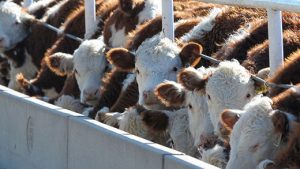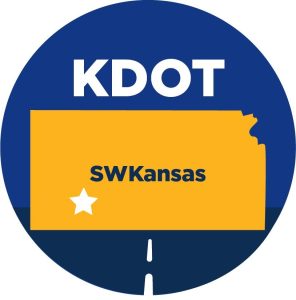Governor Colyer issues State of Disaster Emergency Declaration for Winter Storm
TOPEKA, KAN. — Governor Jeff Colyer has issued a State of Disaster Emergency Declaration for the winter storm that has passed through the entire state of Kansas.
According to a release, “Here in Kansas we make it a priority to take care of our neighbors,” Colyer said. “We strongly recommend that you postpone travel plans, if possible, however, if you must be on the road, make sure your vehicle’s emergency kit is stocked, your gas tank is full and your cell phone and charger are with you and someone knows your travel plans. Also, be mindful of all emergency response personnel out on Kansas roadways and give them space to do their jobs to ensure their safety and that of our citizens.”
Many portions of I-70 have been closed due to the low visibility and amounts of blowing snow in the areas. For a full list of road conditions visit kandrive.org.
Here are some more useful tips from the Kansas Department of Transportation:
Gusting winds with blizzard like and whiteout conditions are causing extremely hazardous traveling conditions. Travel is discouraged. If you must travel use caution and make sure your car has a full tank of gas and an emergency kit in your trunk.
A vehicle emergency kit should consist of
• An ice scraper and shovel
• Jumper cables
• Flashlights
• Sand or kitty litter for traction
• Extra blankets or clothing
• Non-perishable food
• A first aid kit
• Matches and candles or flares
• Tow rope or chain
On the road, remember the following:
• Allow extra time for delays and slower traffic speeds.
• Buckle up and properly secure children in safety seats.
• Increase the distance between your vehicle and the vehicle ahead of you. Ice and snow significantly increase your stopping distance.
• Accelerate and brake gently. A light foot on the gas is less likely to make wheels spin on ice and snow. Braking is best accomplished by pumping the pedal. If your vehicle has an anti-lock braking system, it is very important that you understand how to use it. Read the owner’s manual or check with a dealership for more information, and practice using it correctly.
• Make turns slowly and gradually, especially in heavily traveled areas (e.g. intersections that may be icy from snow that melted and refroze).
• Visibility is very important. You must be able to see out, and other drivers must be able to see your vehicle. Clean frost and snow off all windows, mirrors, and lights. Use headlights as necessary.
• If your car loses traction and begins to slide, steer into the swerve, or in the direction you want to go. Anticipate a second skid in the opposite direction as the car straightens out.
If you are stranded in a winter storm, do not panic. Stay in the vehicle, keep fresh air circulating through a downwind window, run the motor sparingly, turn on the dome light, and stimulate circulation and stay awake by moving arms and legs. If you leave the car, work slowly in the snow to avoid over-exertion and the risk of a heart attack. If you have a cell phone, call a Kansas Highway Patrol by dialing *HP (47), or *KTA (582) while on the Kansas Turnpike.








